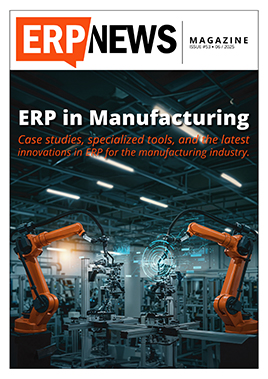Workplace productivity shouldn’t be the only thing you must think about as a business owner. If you run a company, safety should also be a priority. Rather, it must be the priority in pandemic times when workplace risks are higher than ever. Apart from the threat of infection breakouts, the risk of mishaps abounds. Premises are accident-prone after extended lockdowns. Not to mention, employees are more stressed and less conscious about workplace risks. There is more pressure from the authorities with complex guidelines and compliance requirements. It makes sense to go the extra mile with workplace safety. The first step is to steer clear of misleading information and myths. Here are the ones Australian business owners should stop believing right now.

Myth #1- You can eliminate the entire risks
The truth is that you cannot ditch all hazards and risks at your workplace, regardless of the measures and precautions you take. But you can minimize them by implementing safety programs that educate employees about dealing with potential hazards. These include preventive measures like being vigilant about possibilities like slip and fall, fire, and electrocution. Likewise, you can provide first aid training for a proactive approach. It empowers employees to deal with injuries and traumatic events before medical help arrives. Both ways, you can make your people and workplace as safe as possible. But you have to be realistic and ready for any unfortunate situation.
Myth #2- You only need to comply with safety regulations
The objective of workplace safety goes beyond compliance. If you think implementing a program is only about fulfilling the regulatory requirements, you are wrong. These guidelines define only the bare minimum you must do to protect your employees. You should not stop at the bare minimum, rather do more to make the work environment safer. The benefits extend beyond keeping you on the right side of the law. When you go the extra mile, your employees see you as a business that cares. It leads to higher productivity, loyalty, and retention in the long run. Not to mention, your reputation as an employer gets a boost.
Myth #3- Common sense is enough to ensure health and safety
The last thing you should do is believe that common sense is enough to ensure health and safety because it isn’t. Workplace safety requires specialized skills, right from operating your machinery to working at a height, handling hazardous chemicals, and more. You need to ensure that your people have relevant skills to work safely. At the same time, these skills give them the confidence to handle tricky situations like mishaps. Creating safety awareness is a good start, and implementing training programs takes you a step ahead. Whatever you do, never rely on the common sense of your employees to avoid mishaps.
Myth #4- Safety training is a one-time task
Another myth you should steer clear of is that safety training is a one-time task. It is easy to believe that an awareness program or first aid training covers you forever. These only empower your people with skills, but you cannot take a set-and-forget approach. Frequent and regular refresher sessions ensure that people stay on top of safety skills. Business owners in Perth can look for a First aid refresher course perth to schedule quarterly training sessions. You may want to do it earlier if you operate in a risky domain like firefighting, construction, or law enforcement. The idea is to keep your employees on their toes at all times.
Myth #5- Incentive programs can create lasting impact
Business owners have always relied on incentive programs as a way to create a lasting impact in the workplace. But the truth is that all incentive programs are not created equal. They may even create a negative impact if you fail to implement them properly. For example, rewarding employees for no injuries may not be a good idea in the long run. They may avoid reporting incidents and safety hazards only to secure incentives. It only increases workplace risks as the possibility for a more severe injury grows when preventive action is not taken. Being more mindful about incentives enables you to address the concern. Rewarding them for training participation and conducting safety audits is a good option. Such incentives bolster the safety culture of the business in the long run.
Myth #6- Safety programs are expensive
Never skimp on safety initiatives just because they sound too expensive. Programs like awareness and first aid training cost upfront, but their benefits are worthwhile. Imagine the kind of money you can save by avoiding accidents in the long run. You can limit compensation expenses, prevent lawsuits, and reduce insurance costs. Also, there are fewer injuries and sick days, which translates into massive savings for the business. More importantly, you have a healthy and productive workforce that gives its best. There are hidden benefits like better reputation, employee branding, and positive work culture for your organization.
Myth #7- Safety is a departmental responsibility
Modern businesses have safety teams and managers to handle this aspect of running the organization. They have to identify potential problems, investigate issues, recommend corrective action, and monitor their deployment. If these experts are ahead of their job, the chances of mishaps are minimal. But you shouldn’t see it as a departmental responsibility, and neither should you encourage your employees to believe the same. Make the message loud and clear that safety is everybody’s job. When every person in your team takes care of individual well-being, the organization derives the benefits as a whole. The mindset influences the work culture as well.
Workplace safety should be a priority for any business, regardless of its size, scale, and domain. But everything boils down to implementing the right measures and following up on them throughout the lifespan of your business. Assigning roles and responsibilities to trained people in the team helps. However, you must ensure that the safety mindset becomes a company-wide approach. Avoid believing in these myths and make sure that your employees also steer clear of them.







